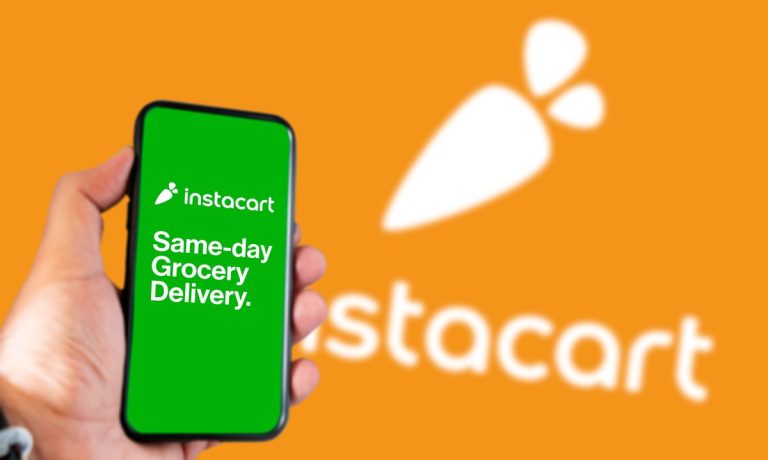
Instacart is entering the ultrafast grocery delivery space.
In an announcement on Wednesday (March 23) concerning the company’s new platform offering bundled services, the aggregator shared that it is planning to offer “Carrot Warehouses,” micro-fulfillment centers for 15-minute deliveries, with supermarket chain Publix set to utilize the option in “the coming months.”
Related news: Instacart Plans Micro-Fulfillment Warehouses for Instant Delivery
With this latest move, Instacart’s speeds range from ultrafast fulfillment to next-day delivery. This flexibility gives Instacart the advantage over eGrocery competitors who are set at one speed, especially since, if consumers hope to utilize different options at different times, they are far more likely to purchase from the platform they already know than to choose different players for each kind of delivery.
Meanwhile, Instacart’s main advantage over restaurant aggregators moving into grocery remains its broad selection of grocers from which to choose.
“The grocery industry is undergoing a digital transformation where customers expect a seamless experience across many channels, but behind the scenes it’s taking an incredible amount of work and investment for retailers to deliver these new services,” Instacart CEO Fidji Simo said in a statement. “We’re looking to change that with Instacart Platform.”
In an interview with PYMNTS’ Karen Webster, Tyler Trerotola, U.S. co-founder of Jokr, a 15-minute grocery delivery startup operating on three continents, argued that ultrafast delivery is essential to meeting consumers’ increasing expectations of flexibility, who seek out commerce options that fit the most easily into their lives.
“When you have these [2-to-3 hour] windows … on an Instacart … you have to block this large portion of your day where you’re stuck at home,” he said. “So [ultrafast delivery is] both the timing and the reliability — knowing it’s going to be there at that time … really allows you to plan for your day.”
See also: Ultrafast Grocery Delivery Service Jokr Leverages NYC Lessons to Drive Boston Expansion
Eighteen percent of consumers now purchase groceries through digital channels more often than in stores, according to data from PYMNTS’ study Decoding Customer Affinity: The Customer Loyalty to Merchants Survey 2022, created in collaboration with Toshiba Global Commerce Solutions, which drew from the results of a survey of a census-balanced panel of more than 2,000 U.S. consumers conducted in the late fall.
Get the full report: Decoding Consumer Affinity: The Customer Loyalty To Merchants Survey 2022
This share is well over what it was before March 2020. Findings from PYMNTS’ 2021 How We Eat Playbook, created in collaboration with Carat, from Fiserv, which drew from a census-balanced survey of more than 5,200 U.S. adults conducted in late spring 2021, revealed that 43% of consumers are now ordering online for delivery more often than they were prior to the start of the pandemic.
Read more: Up for Grabs: Restaurants and Grocers See Path to Picking up 200 Million New Customers
Additionally, the study found that 11% of consumers buy online using an aggregator that delivers the products the same day such as Instacart, though only 2% of consumers ranked this channel as their most preferred grocery shopping method. However, Instacart holds a far greater share of the millennial and bridge millennial markets, with about one in four of consumers of these generations using the channel.
Convenience is top of mind for these online shoppers. The study found that 76% of consumers who have been shopping for groceries online more than before the start of the pandemic are motivated by the ease and convenience of the channel, and 57% are motivated by the speed of purchasing.